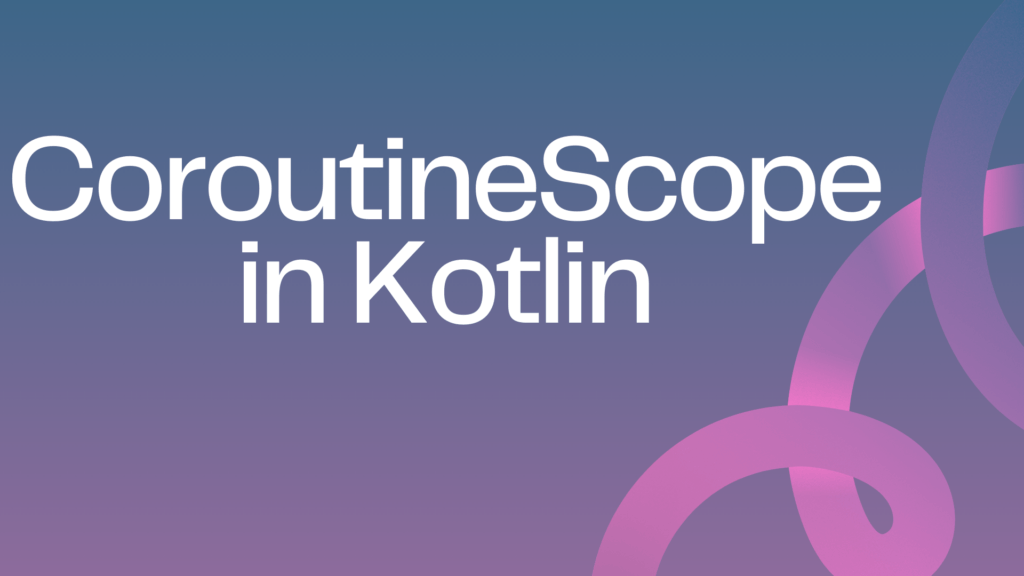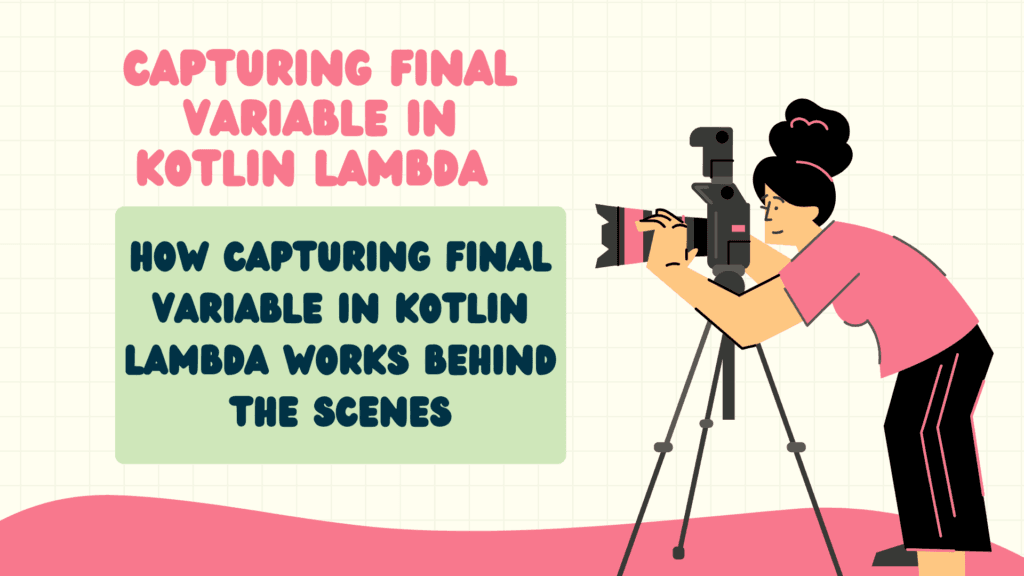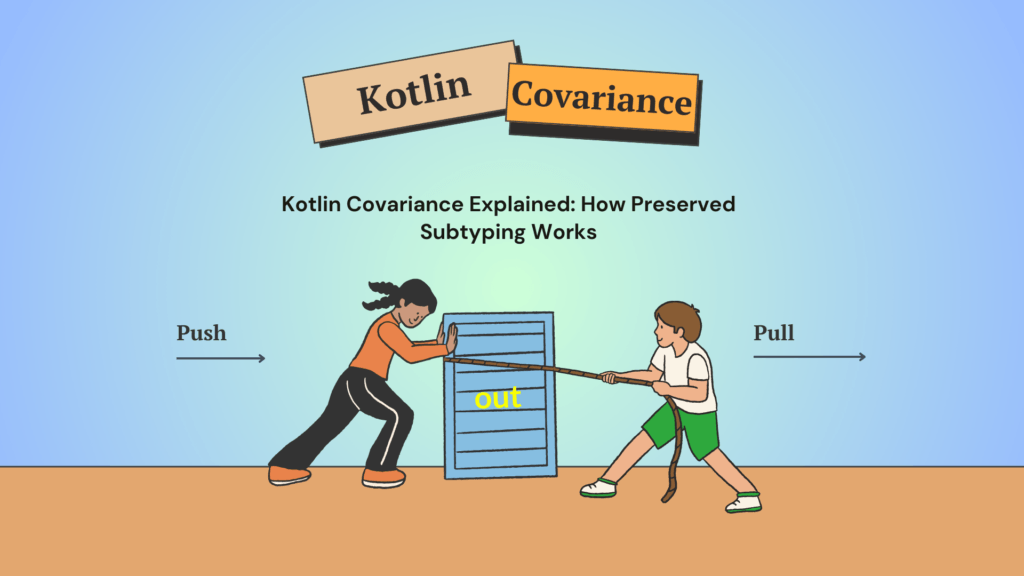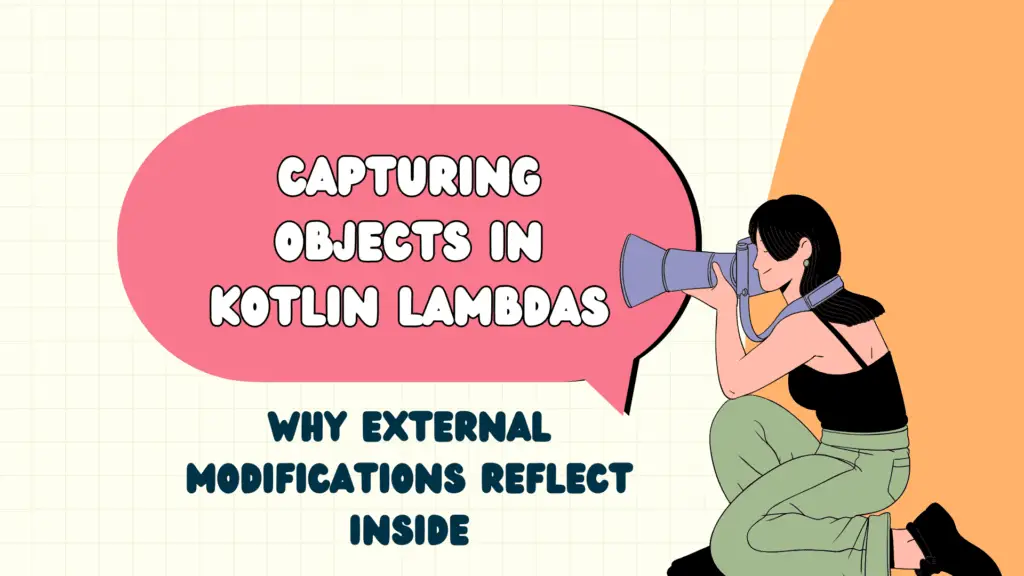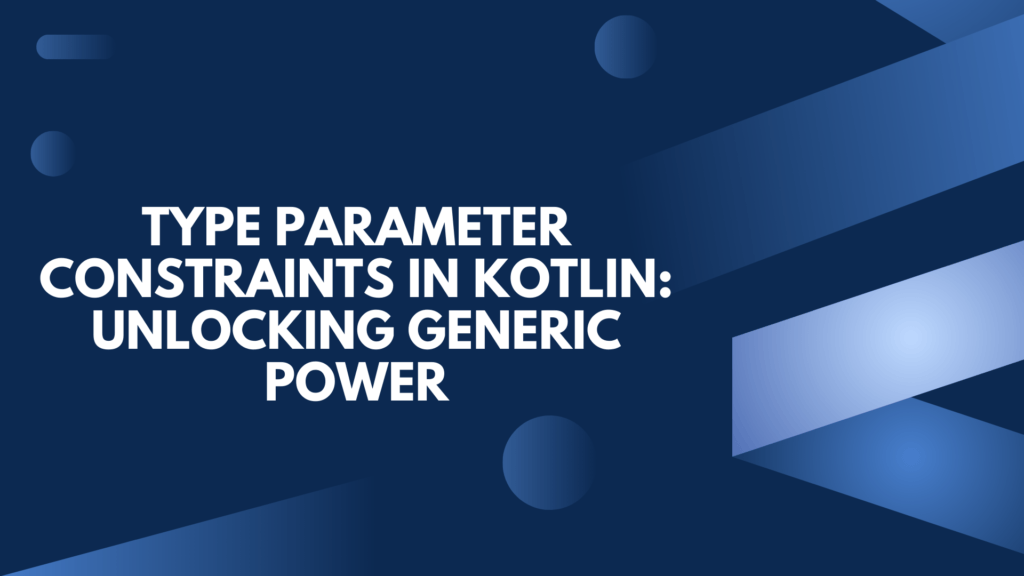CoroutineScope in Kotlin: The Heart of Structured Concurrency
Kotlin’s coroutines simplify asynchronous programming, but managing them effectively requires a solid understanding of CoroutineScope. Without it, your app may spawn uncontrolled coroutines, leading to memory leaks or unpredictable behavior. In this blog, we’ll take a deep dive into CoroutineScope in Kotlin — exploring its importance, how to use it effectively, and how to avoid common pitfalls.
What is CoroutineScope in Kotlin?
CoroutineScope in Kotlin is an interface that defines a boundary for coroutines. It ensures that all coroutines launched within it follow structured concurrency principles, meaning they get canceled when the scope is canceled.
Key Features of CoroutineScope:
- Manages the lifecycle of coroutines.
- Ensures structured concurrency, preventing orphaned coroutines.
- Provides a CoroutineContext, allowing customization of dispatchers.
Let’s look at how CoroutineScope in Kotlin works in practice.
How to Use CoroutineScope in Kotlin
Creating a CoroutineScope
You can create a custom CoroutineScope using Job and a CoroutineDispatcher:
class MyCustomScope : CoroutineScope {
private val job = Job()
override val coroutineContext: CoroutineContext
get() = Dispatchers.IO + job
fun launchTask() {
launch {
delay(1000)
println("Task completed")
}
}
fun cancelScope() {
job.cancel()
}
}Here,
- We define a class
MyCustomScopeimplementingCoroutineScope. - It uses
Jobto manage coroutine cancellation. - The
coroutineContextspecifiesDispatchers.IOfor background execution. launchTask()starts a coroutine within the scope.cancelScope()ensures proper cleanup when the task is no longer needed.
Built-in CoroutineScopes in Kotlin
Kotlin provides predefined CoroutineScope implementations:
1. GlobalScope (Use with Caution)
GlobalScope creates coroutines that run as long as the application is alive:
GlobalScope.launch {
delay(2000)
println("Running in GlobalScope")
}Why Avoid GlobalScope?
- It is not tied to any lifecycle, risking memory leaks.
- It runs until the process ends, making it harder to manage.
2. CoroutineScope with ViewModel (Best for Android Apps)
In Android, ViewModelScope ensures coroutines cancel when the ViewModel is cleared:
class MyViewModel : ViewModel() {
fun fetchData() {
viewModelScope.launch {
val result = fetchFromNetwork()
println("Data: $result")
}
}
}viewModelScope.launch {}ensures coroutines cancel when theViewModelis destroyed.- Helps avoid memory leaks in UI components.
3. LifecycleScope (For UI Components)
When working with Activity or Fragment, lifecycleScope ties coroutines to the lifecycle:
class MyActivity : AppCompatActivity() {
override fun onCreate(savedInstanceState: Bundle?) {
super.onCreate(savedInstanceState)
lifecycleScope.launch {
val data = fetchData()
println("Data loaded: $data")
}
}
}lifecycleScope.launch {}ensures the coroutine cancels when the activity is destroyed.
Best Practices for Using CoroutineScope in Kotlin
- Prefer Built-in Scopes: Use
viewModelScopeandlifecycleScopefor UI-related tasks. - Avoid
GlobalScope: Unless absolutely necessary, avoid it to prevent memory leaks. - Always Cancel Coroutines: If using a custom
CoroutineScope, ensure you cancel jobs when they’re no longer needed. - Use
SupervisorJobfor Independent Coroutines: It ensures that if a child coroutine fails, it does not cancel its siblings or the parent scope.
Conclusion
CoroutineScope in Kotlin is crucial for structured concurrency, ensuring that coroutines are properly managed, canceled, and executed within a defined lifecycle. By using viewModelScope, lifecycleScope, and custom scopes wisely, you can build efficient, bug-free Kotlin applications.

